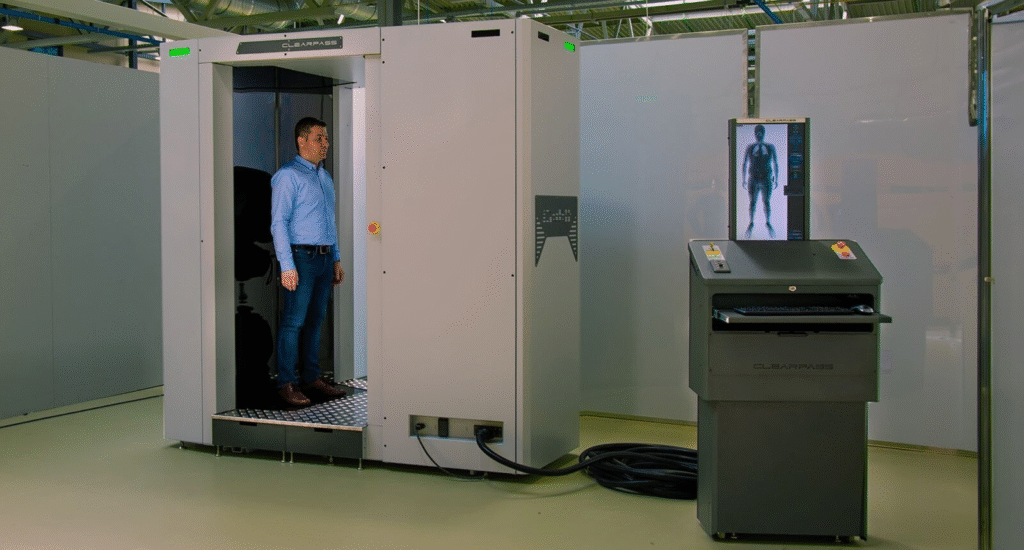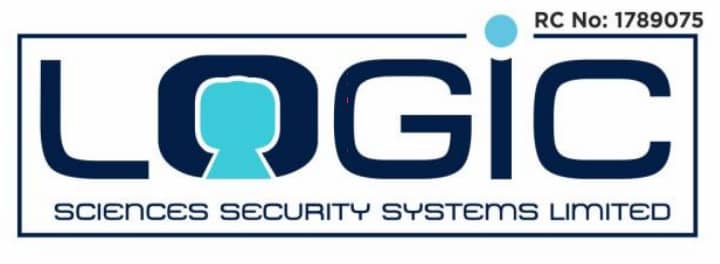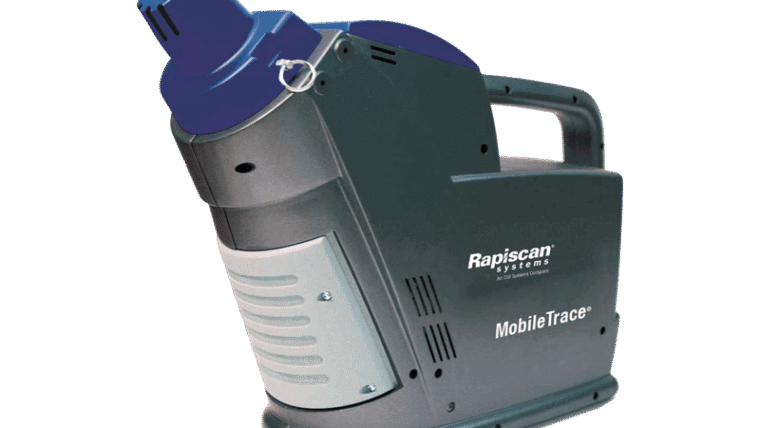In today’s security-conscious world, people screening equipment plays a key role in protecting lives and properties. Whether in bustling airports or high-security government buildings, these systems are critical for identifying concealed threats such as weapons, explosives, or contraband—without physical contact. But where exactly are these technologies used, and what equipment is involved? This article explores the deployment of people screening systems across industries and the technologies behind them.
What is People Screening Equipment?
People screening refers to the process of examining individuals before allowing them access to secure or sensitive areas. This is typically done using electronic systems designed to detect weapons, explosives, illegal substances, or other unauthorized items.
Modern people screening systems have evolved beyond traditional metal detectors. Today, the primary technologies used include:
- General-use X-ray systems (e.g., backscatter X-ray)
- Millimeter wave systems
- Metal detectors
- Advanced imaging technologies (AIT)
These devices are also commonly referred to as:
- Full-body security scanners
- Personnel security screening systems
- People scanners
Also read: How Does Baggage and Parcel Inspection Equipment Work | Full Guide
Where Are People Screening Systems Used?
1. Airports
Airports are the most prominent users of people screening equipment. The TSA employs both millimeter wave and backscatter X-ray systems to scan travelers at security checkpoints. These technologies help detect hidden weapons, explosives, and other threats, with minimal health risks or invasion of privacy due to stringent safety and image processing protocols.
2. Government and Corporate Buildings
At entry points to government buildings and corporate offices, X-ray and metal detection systems are used to screen employees and visitors. This helps prevent unauthorized access and the introduction of dangerous items.
3. Prisons and Courthouses
To ensure security and prevent the smuggling of contraband or weapons, correctional facilities and courtrooms use X-ray screening systems at all access points.
4. Educational Institutions
Some schools, colleges, and universities have installed people screening systems to enhance safety, especially in response to growing security concerns in educational environments.
5. Public Events and Sports Venues
High-traffic environments like sports stadiums, concert venues, and convention centers employ screening systems to scan attendees and their belongings, ensuring public safety during large gatherings.
6. Critical Infrastructure
Facilities such as nuclear plants, data centers, and power stations utilize screening systems to prevent unauthorized access and protect sensitive operations.
7. Transportation Hubs
Beyond airports, train stations and bus terminals also use people screening systems to scan passengers and luggage, bolstering transport security.
8. Hospitals
In some cases, hospitals and emergency departments use screening systems to monitor visitors and prevent the entry of weapons or other prohibited items.
Also read: What are Advanced Security Screening Products & Solutions?
What Can Be Detected with People Screening Equipment?

People screening equipment is designed to identify a wide range of threats, including:
- Weapons: Guns, knives, and other sharp objects.
- Explosives: Liquid, solid, or composite materials.
- Drugs and Illicit Substances
- Currency: Large, undeclared sums of money.
- Contraband: Including wildlife products, ivory, and counterfeit goods.
- Electronics: Such as hidden mobile phones or detonating devices.
Technology Behind People Screening Equipment
General-Use X-Ray Systems
These systems, often used at airports, deliver extremely low doses of ionizing radiation. Known as backscatter systems, they detect threats by capturing x-rays that reflect off the body. Regulatory standards, such as ANSI/HPS N43.17-2009, ensure these systems operate within strict safety limits. For instance:
- The dose per screening is less than the radiation received during 2 minutes of flight.
- An individual would need to be screened over 1,000 times a year to exceed the recommended annual dose.
Millimeter Wave Systems
These use non-ionizing electromagnetic radiation, making them a safer option for frequent use. Active systems emit millimeter waves, while passive systems detect natural emissions from the body. Both types are effective and comply with IEEE C95.1-2005 safety standards.
Also read: Where to Buy the Best Explosives and Narcotics Detection Systems in Nigeria
Metal Detectors
Still widely used, these devices detect the presence of metallic objects by measuring disruptions in an electromagnetic field.
Advanced Imaging Technology (AIT)
Used primarily in airports, AIT systems offer a less invasive alternative to pat-downs. By using either millimeter waves or X-rays, AIT identifies hidden objects under clothing, while software ensures passenger privacy.
Legal and Safety Considerations For People Screening Equipment
The use of people screening equipment is tightly regulated. For example, manufacturers of X-ray systems must:
- Submit radiation safety reports to the FDA
- Notify authorities of any radiation defects
- Adhere to ANSI and NCRP guidelines
Facilities deploying these systems must also ensure:
- Compliance with national radiation safety standards
- Staff are properly trained in safe operation
- Privacy rights of individuals are respected
Also read: Who is the Best Service Provider of High-End Electronic Security Systems in Nigeria?
Conclusion
People screening equipment is an important aspect of modern security infrastructure, protecting people, assets, and facilities across a wide range of industries. With continuous advancements in technology and strict adherence to safety standards, these systems offer effective, non-intrusive solutions for detecting threats and maintaining public safety.
Whether it’s an airport, a courthouse, or a data center, the deployment of people screening systems is a proactive step in the ongoing battle against evolving security threats.
In Nigeria, Logic Security stands out as the only Registered Distributor & Technical Service Partner of Rapiscan Systems Limited, offering state-of-the-art people screening equipment tailored to various security needs.
Logic Security’s partnership with Rapiscan Systems ensures that Nigerian institutions have access to globally recognized security solutions, backed by technical support and maintenance services. For more information on Logic Security’s offerings, visit logicsecurity.ng.
Follow us on X (formerly Twitter), @Logic_sss, for more updates.
References
- www.fda.gov – Products for Security Screening of People
- www.linevsystems.com – X-ray security screening systems for employees (staff) and visitors
- www.gmrgems.com – An Overview of Passenger Screening Equipment and Technologies at Airports


